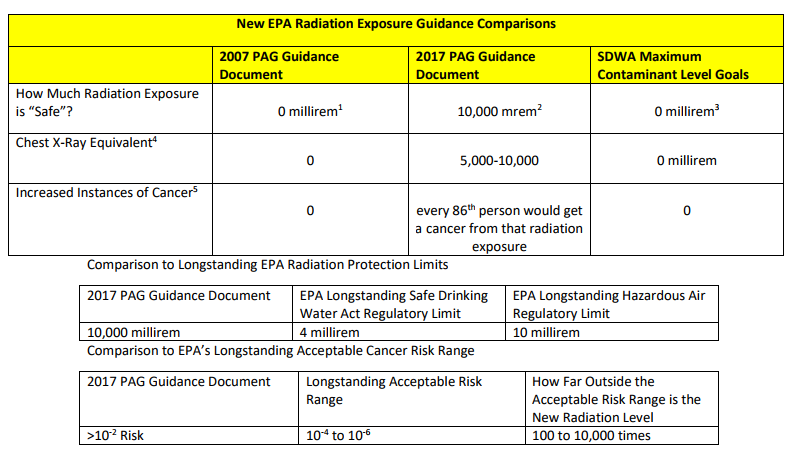Donald Trump’s appointment of former Oklahoma Attorney General Scott Pruitt as chief of the Environmental Protection Agency this year drew eyebrows, because Pruitt had made his career as a longstanding legal opponent of the EPA and a prominent climate change sceptic. Since he’s been put in charge of the agency, Pruitt has allegedly made plans to water down federal scientific research on the climate, deflected from the issue during natural disasters, and cut loose hundreds of employees in a deregulation push.
A view of an abandoned cooling tower in Chernobyl, Ukraine on August 19, 2017. Photo: Getty Images
Now some are worried he’s trying to lower the bar for, uh, deadly radiation. In new guidelines for local officials published in September, the EPA advised that radiation exposure during disasters ten or more times higher than guidelines under Barack Obama’s administration is safe, Bloomberg reported.
The updated version of the document which in 2007 said no levels of radiation exposure are safe now cites unnamed “radiation safety experts” as saying that “radiation exposures of 5 — 10 rem (5,000 — 10,000 mrem or 50 — 100 mSv) usually result in no harmful health effects, because radiation below these levels is a minor contributor to our overall cancer risk.”
Asked by Bloomberg, former University of California, Santa Cruz environmental and nuclear policy director Daniel Hirsch referred to the higher number as “really a huge amount of radiation… The position taken could readily unravel all radiation protection rules.”
Environmental protection non-profit Public Employees for Environmental Responsibility published a document on their website comparing the two guidelines, saying previous EPA estimates indicate the 2017 revision would mean “every 86th person would get a cancer from that radiation exposure.”

Image: Screengrab via PEER
As Bloomberg noted, the much higher threshold described in the guidelines is part of documentation provided to local officials to help them prepare for nuclear incidents like reactor meltdowns or a so-called “dirty” bomb blast. It thus does not change environmental regulations regarding radiation exposure, most of which are much lower — like 25 mrem annually for those living near nuclear plants.
Per MIT News, the annual maximum limit for persons whose occupations require regular exposure to radiation is 5,000 mrems, while NASA has the highest recommended limit at 25,000 mrems for astronauts during space shuttle missions (during which they are exposed to cosmic rays).
Obama’s EPA revised its Protective Action Guides in January to raise its recommended maximum radiation limit for drinking water to 500 mrem (100 mrem for “persons at sensitive life-stages), though it cautioned this was only intended for “short-term incidents.”
